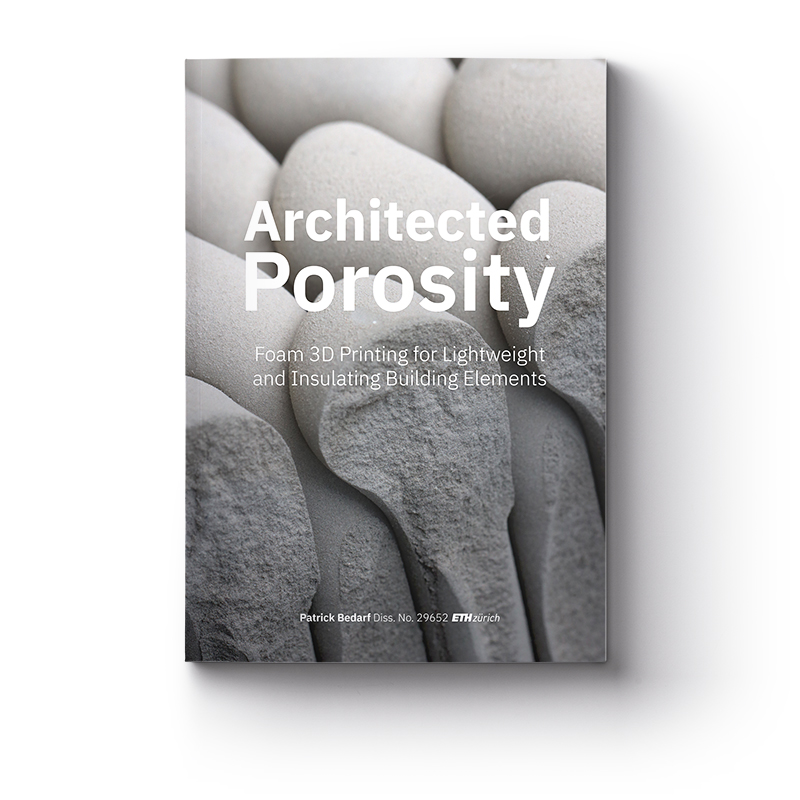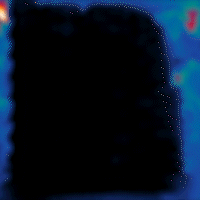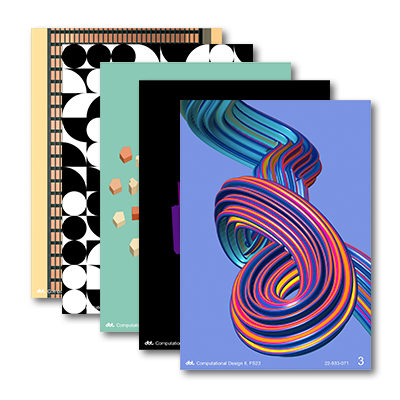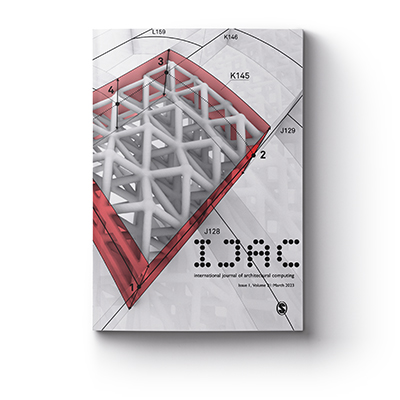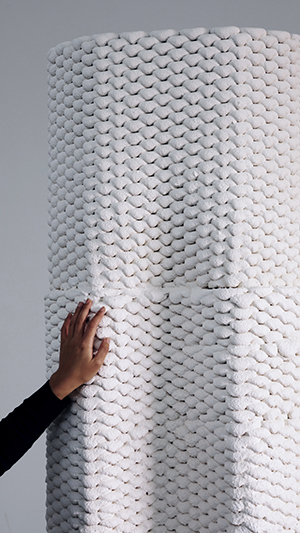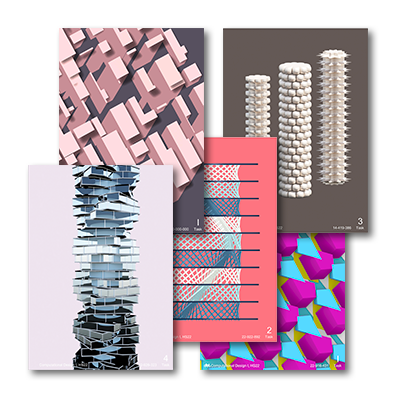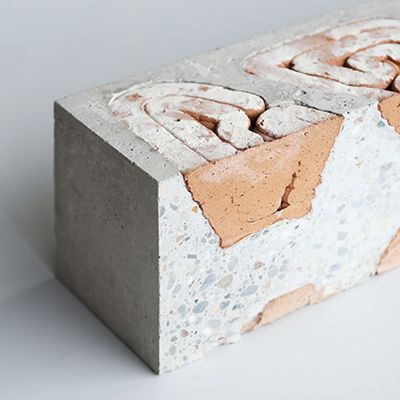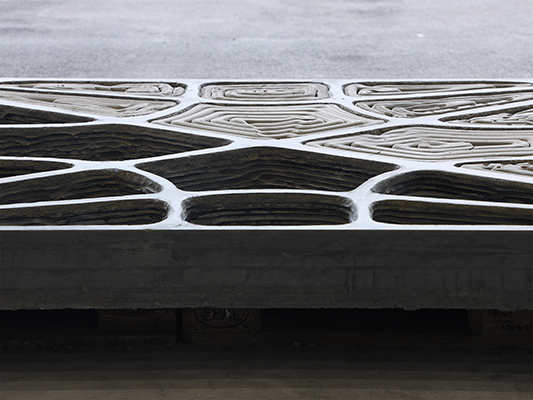A case study for large-scale differentiated space frame structures utilising high-speed 3D-printed joints
ID ecaade2018_233
Authors Kontiza, Iacovina, Spathi, Theodora and Bedarf, Patrick
Year 2018
Abstract Geometric differentiation is no longer a production setback for industrial grade architectural components. This paper introduces a design and fabrication workflow for non-repetitive large-scale space frame structures composed of custom-manufactured nodes, which exploits the advantages of latest advancements in 3D-printing technology. By integrating design, fabrication and material constraints into a computational methodology, the presented approach addresses additive manufacturing of functional industry-grade parts in short time, high speed and low cost. The resulting case study of a 4.5 x 4.5 x 2.5 m lightweight kite structure comprises 1380 versatile fully-customised connectors and outlines the manifold potential of additive manufacturing for architecture much bigger than the machine built space. First, after briefly introducing space frames in architecture, this paper discusses the computational framework of generating irregular space frames and parametric joint design. Second, it examines the advantages of MJF printing in conjunction with integrating smart sequencing details for the following assembly process. Finally, a conclusive outlook is given on improvements and further developments for bespoke 3D-printed space frame structures.
Keywords 3D-printing; Multi-Jet Fusion; Space Frame; Graded Subdivision

